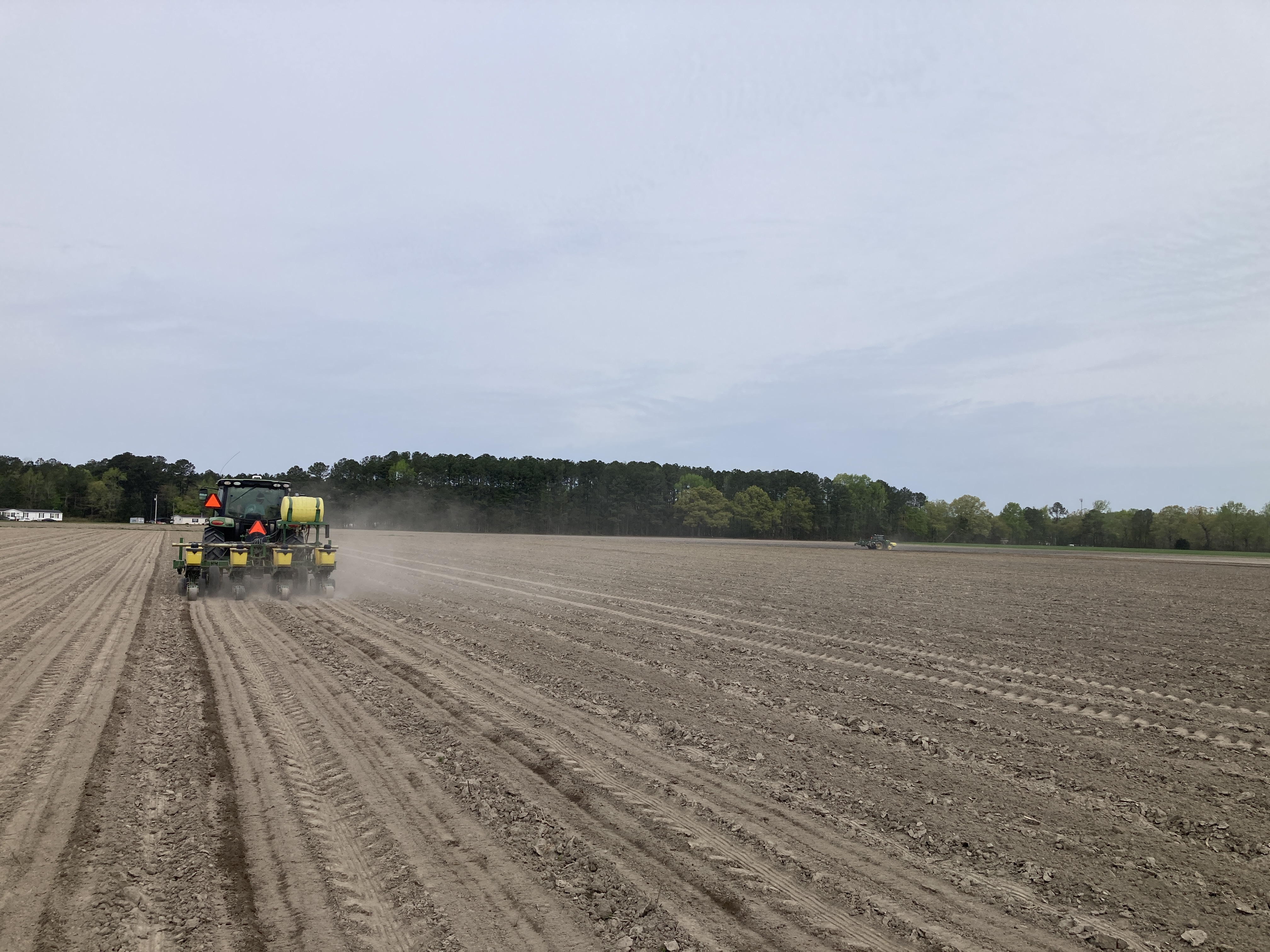2024 Upper Coastal Plain Corn Hybrid Yield Results
go.ncsu.edu/readext?1039547
en Español / em Português
El inglés es el idioma de control de esta página. En la medida en que haya algún conflicto entre la traducción al inglés y la traducción, el inglés prevalece.
Al hacer clic en el enlace de traducción se activa un servicio de traducción gratuito para convertir la página al español. Al igual que con cualquier traducción por Internet, la conversión no es sensible al contexto y puede que no traduzca el texto en su significado original. NC State Extension no garantiza la exactitud del texto traducido. Por favor, tenga en cuenta que algunas aplicaciones y/o servicios pueden no funcionar como se espera cuando se traducen.
Português
Inglês é o idioma de controle desta página. Na medida que haja algum conflito entre o texto original em Inglês e a tradução, o Inglês prevalece.
Ao clicar no link de tradução, um serviço gratuito de tradução será ativado para converter a página para o Português. Como em qualquer tradução pela internet, a conversão não é sensivel ao contexto e pode não ocorrer a tradução para o significado orginal. O serviço de Extensão da Carolina do Norte (NC State Extension) não garante a exatidão do texto traduzido. Por favor, observe que algumas funções ou serviços podem não funcionar como esperado após a tradução.
English
English is the controlling language of this page. To the extent there is any conflict between the English text and the translation, English controls.
Clicking on the translation link activates a free translation service to convert the page to Spanish. As with any Internet translation, the conversion is not context-sensitive and may not translate the text to its original meaning. NC State Extension does not guarantee the accuracy of the translated text. Please note that some applications and/or services may not function as expected when translated.
Collapse ▲
This year, corn yields in the Upper Coastal Plain varied wildly in the region and sometimes dramatically from one side of the field to the other. You didn’t have to go far to find exceptional or below-average corn yields.
At this point, it may be challenging even to consider planting corn in 2025, but we must remember that not every year will be like 2024. Maintaining a diverse cropping system next year will help spread risk. The data presented here illustrates the performance of select hybrids across the region and can help you make hybrid selection decisions as we move closer to 2025.
For the third year, the counties in the Upper Coastal Plain have joined to install irrigated and dryland corn hybrid tests. This year, 13 individual test sites were located across 10 counties in the region. Participating counties included Bertie, Edgecombe, Greene, Halifax, Hertford, Martin, Nash, Northampton, Pitt, and Washington. Unfortunately, due to the lack of rainfall, the sites at Hertford, Martin, and Pitt counties were not taken to yield.
The results from the remaining ten sites are summarized in the combined table below. Yields were low at some sites, but some hybrids held on in those water-limited and heat-stressed environments. Also, you can find the yield tables for dryland, irrigated, and individual counties.
The documents rank the test hybrids according to average yield across the location(s), with a rank of “1” indicating the highest yield and an “18” for the lowest. The top three hybrids are indicated by color, with blue, red, and yellow for first, second, and third, respectively.
Note: All sites used the same check hybrid (e.g., Dekalb DKC67-44VT2P), which was placed on the outside borders of the plot and then once every third tested hybrid within the plot.
Acknowledgments
A special thank you goes out to the participating growers at each site for their support this year. We could not complete these tests with you all.
We are also grateful to the seed companies for their continued support, and we look forward to doing this again in 2025. Without your support, this level of investigation would not be possible.
We want to thank Clif Hardison and Sweetwater Creek Seeds for allowing us space in the seed warehouse to store and stage the seed used in this test.
Likewise, we would like to show our appreciation to Rick Strecker for providing the check hybrid (DKC67-44VT2P) used at all sites in 2024. We’d also like to acknowledge the continued support provided to the team by Ben Winslow and Dr. Ron Heiniger.
Regional Yield Results
2024 Upper Coastal Plain Yields (All Sites)
2024 Upper Coastal Plain Yields (Dryland)
2024 Upper Coastal Plain Yields (Irrigated)
County Yield Results
2024 Bertie Yields with NC State OVT

If you have any questions, please contact the North Carolina Cooperative Extension – Bertie County Center at 252-794-5317.




